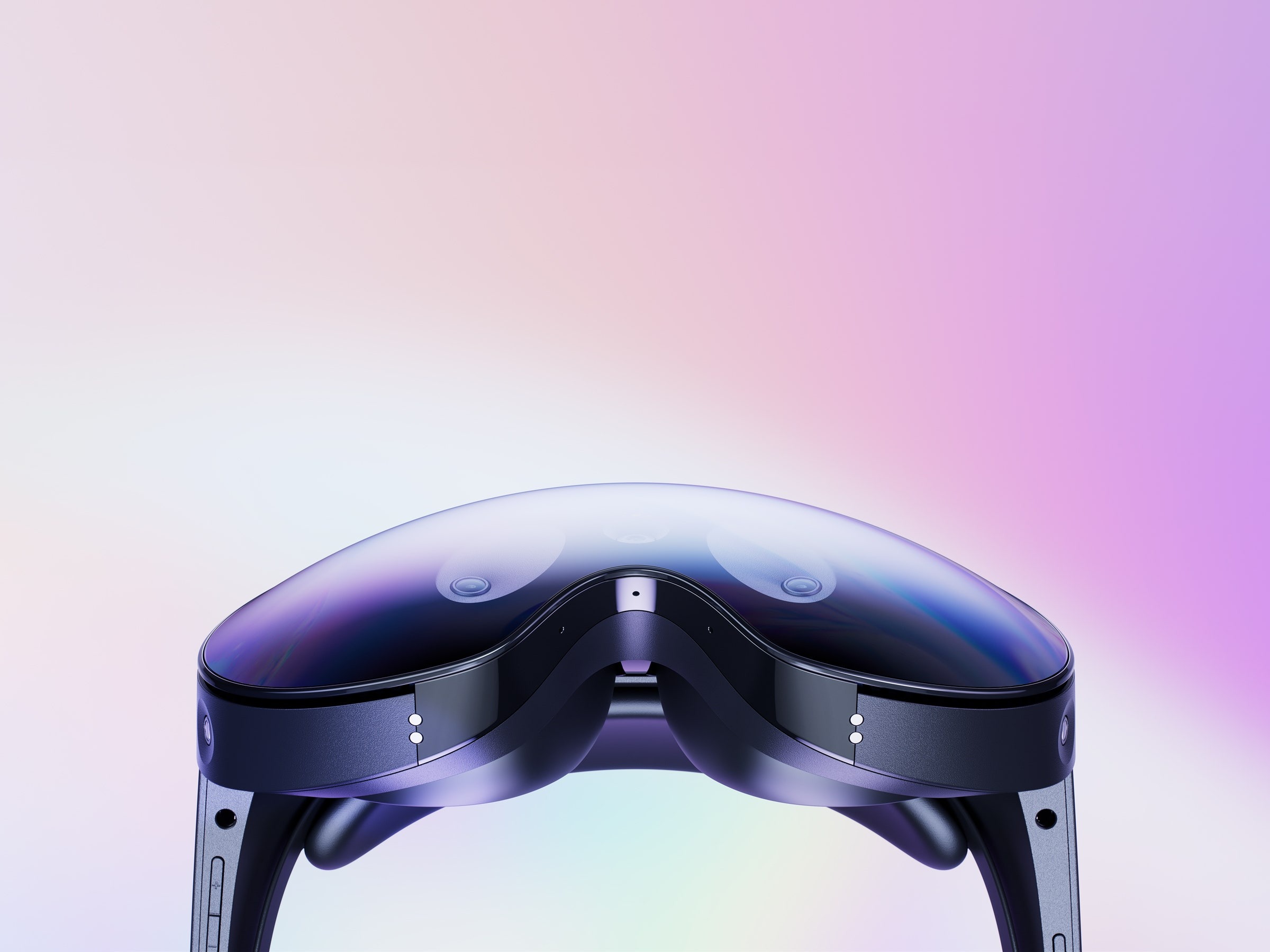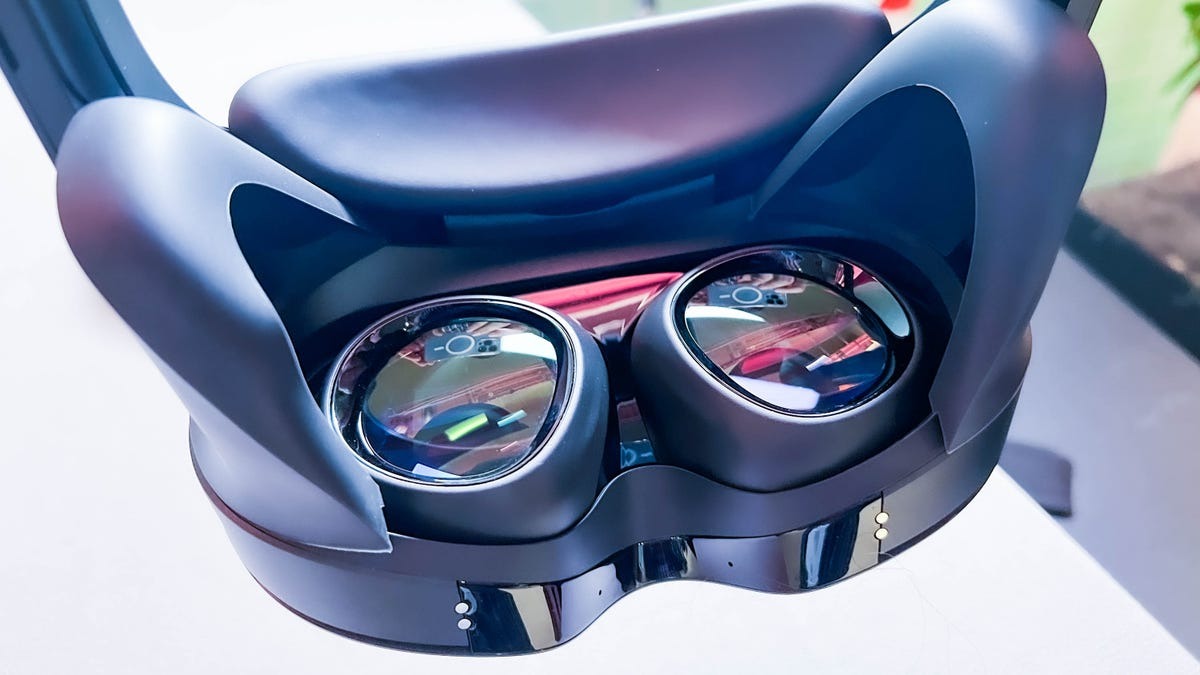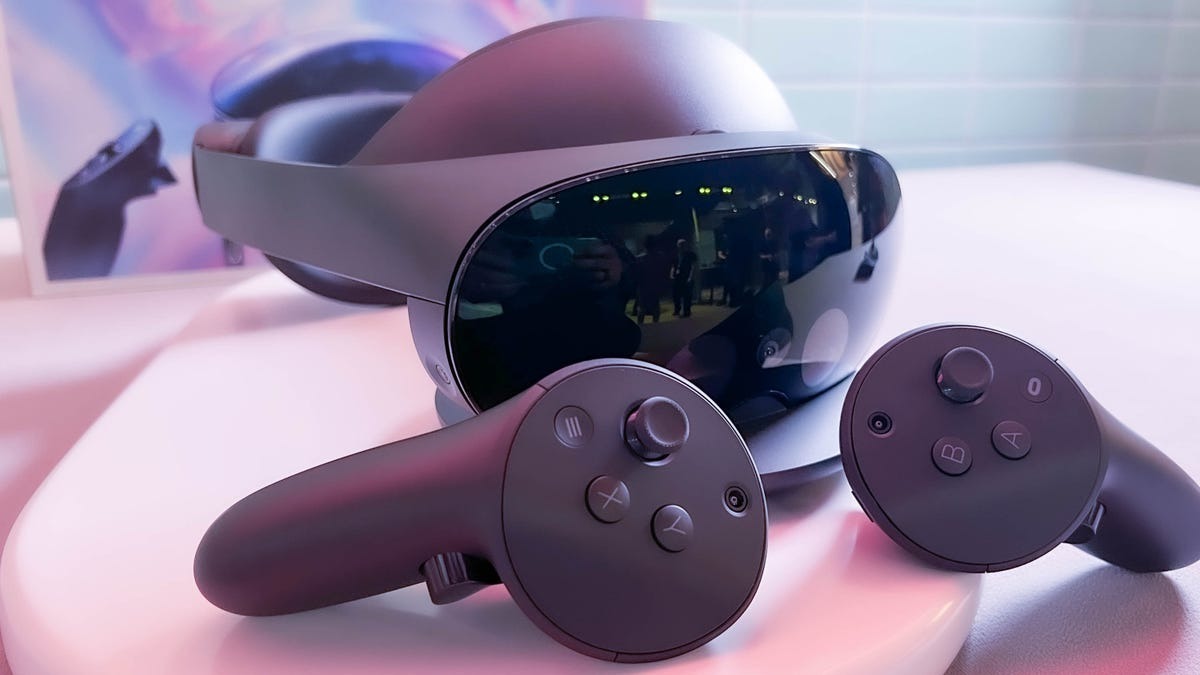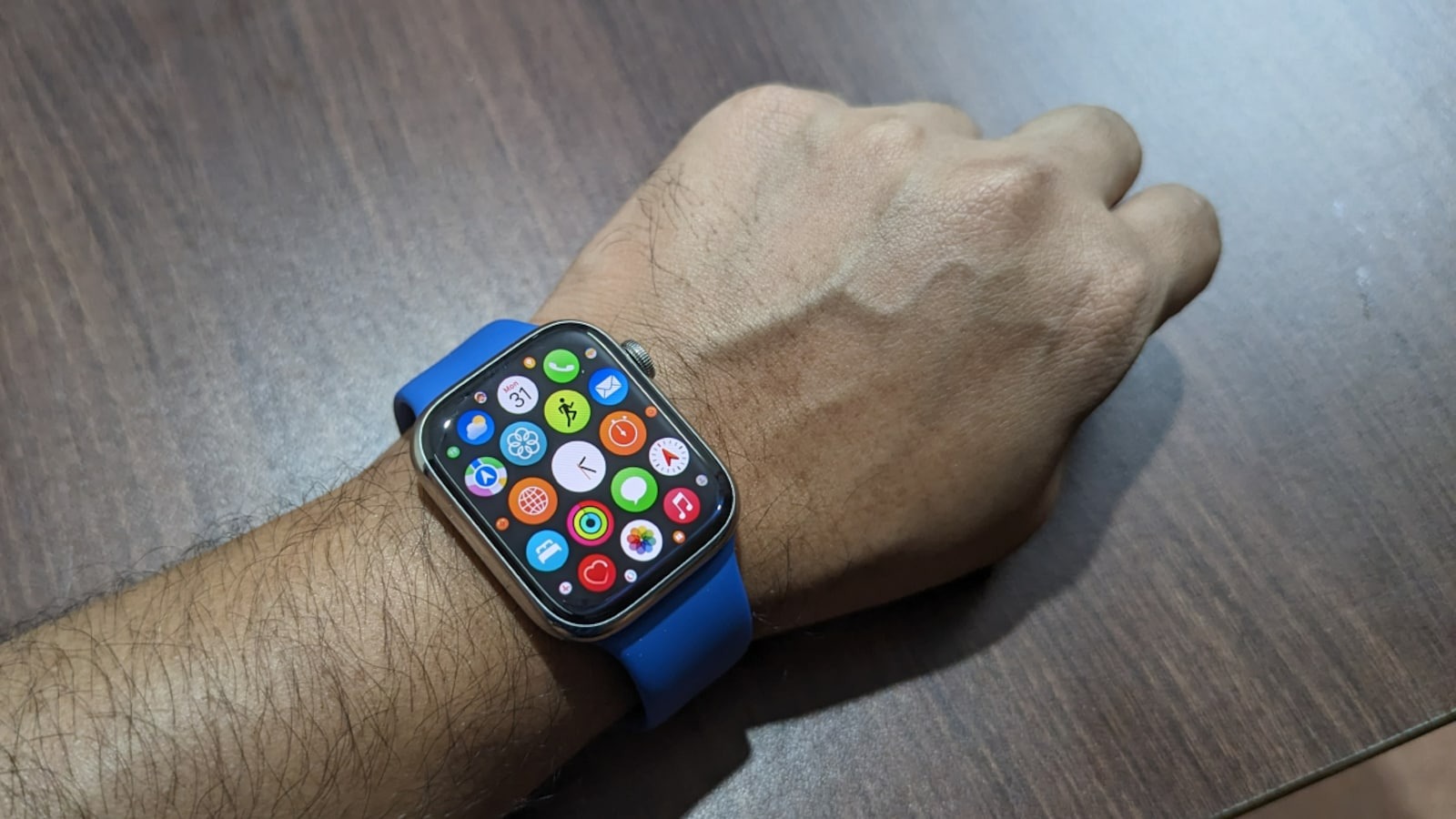After the disappearance of smartphone-based headsets like Samsung’s Gear VR and Google’s Daydream, virtual reality headsets are generally divided into two camps: lightweight autonomous systems like the Quest 2 and more sophisticated PC systems like the Vive Pro 2 and valve Index.
But with the new Quest Pro, Meta is trying to combine the best of both types of heads into a powerful but still very comfortable autonomous unit. In fact, Meta believes so strongly in its next headset that Rupa Rao, head of Meta product management, described the Quest Pro as “the starting of an evolution in VR” before a demo session for the Press. It will be our first multifunctional immersive computing platform allowing the metaverse.” And having had the chance to try it myself, I can definitely see where this confidence comes from.

Compared to the Quest 2, the Quest Pro includes some major hardware upgrades, including a completely new design, 10 sensors (both inward and outward) and completely redesigned optics. The Quest Pro is also the first device with a Qualcomm Snapdragon XR2+ chip, as well as 12 GB of RAM, 256 GB of storage and a 90 Hz refresh rate, which, according to Meta, offers 50% superior performance than the Quest 2.
But for me, one of the best things about Quest 2 is how comfortable it is. Due to its increased power, it requires a much larger battery. But instead of stuffing a large power supply unit in the front and unbalancing the entire headset, Meta used a curved cell integrated into the Quest Pro’s headband. Putting on the helmet is also foolproof, because it looks more like a visor than a helmet on your head. This design allows you to get a glimpse of the space of the flesh with your peripheral vision, which was a conscious choice by Meta: one of the company’s goals was to create something with which you can interact simultaneously in VR and IRL. That said, if you want full immersion, there are side blinkers that are included in the box in addition to the optional full light blockers (although you will have to pay an extra 50 for this).

Adjusting the fit is also super easy. There is a knob on the back to tighten the headband. And for the IPD eye relief), you can move each eyecup individually to the left or right according to your needs. As for the optics, the Quest Pro may not be as light as the Quest 2, but Meta has switched to new Pancake optics that are 40% thinner than traditional Fresnel lenses to reduce the thickness of the helmet.
With a resolution of 1800 x 1920 per eye, the Quest Pro has a higher pixel density than the Valve Index (1440 x 1600 per eye) and the Quest 2, although it still cannot compete with the Vive Pro 2 (2448 × 2448 per eye). But even without an extremely high number of pixels per inch, the graphics look great. Meta has managed to almost completely eliminate the screen door effect on a headset that does not need to be connected to a PC. It is an excellent balance in the middle resolution and high fidelity graphics, with a battery that lasts in the middle 60 and 90 minutes of power. And for those who want even longer VR sessions, you can also power the Quest Pro via the Included powering cable of the headset.

The Quest Pro’s 10 sensors are divided in the middle five exterior cameras and five interior-facing cameras. The outward-facing sensors have two main purposes: they support color relay (the challenge version of the Quest 2 is only in black and white), which allows you to easily see the world around you from inside the helmet. This makes it easier to switch in the middle VR and Meatspace without losing your orientation. And because Metas Passthrough looks pretty neat, it’s easy to see relatively small objects like keys on a keyboard (but not necessarily the letters printed on them).
But more importantly, the outdoor cameras support what Meta calls scene comprehension, which is part of the company’s presence platform. Scene comprehension allows the Quest Pro’s outdoor sensors to detect real-world objects such as walls, desks, tables, etc. Although it may seem simple, it has a great impact. For example, after using the Painting VR application to create my own Bob Ross, I was able to hang the painting on a wall in the room so that anyone else visiting the room could also see it.


